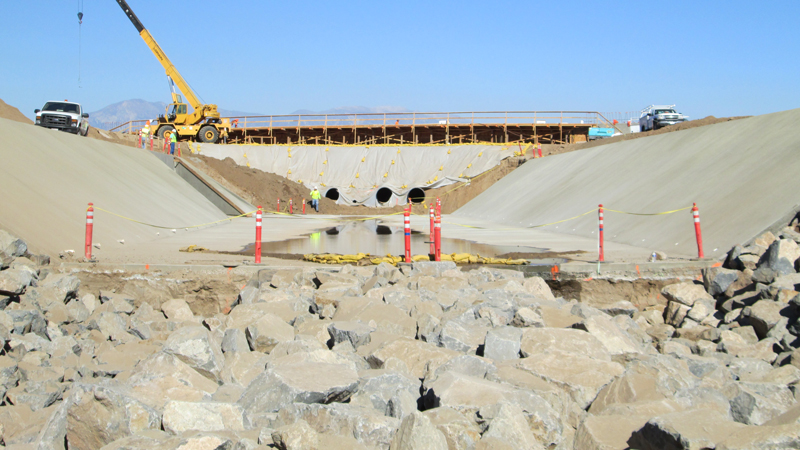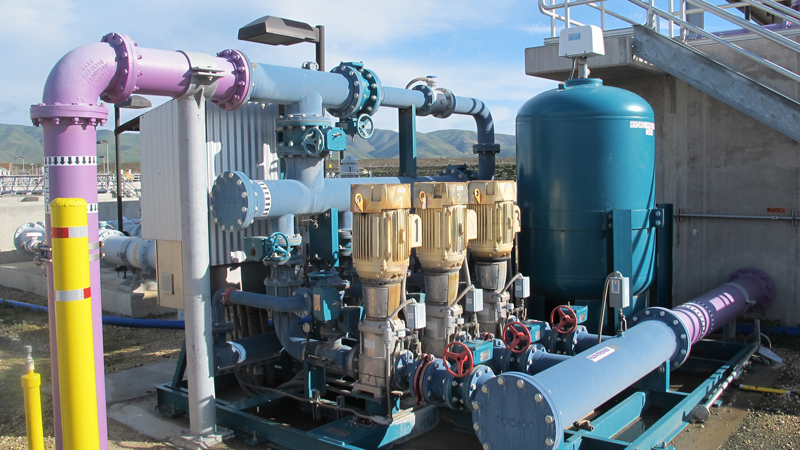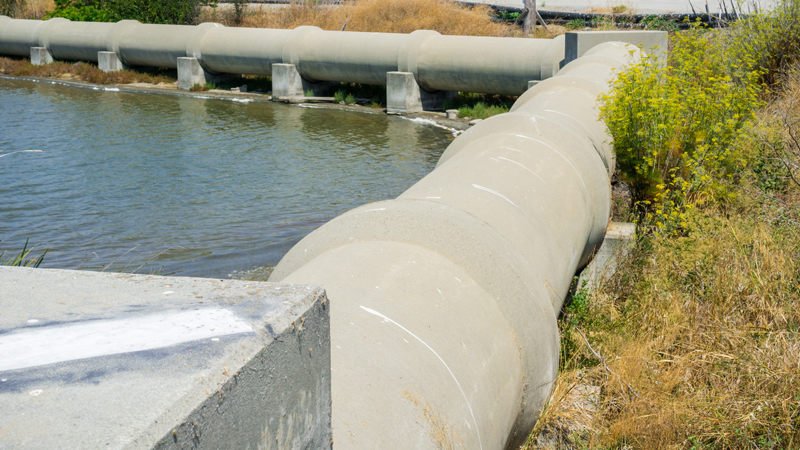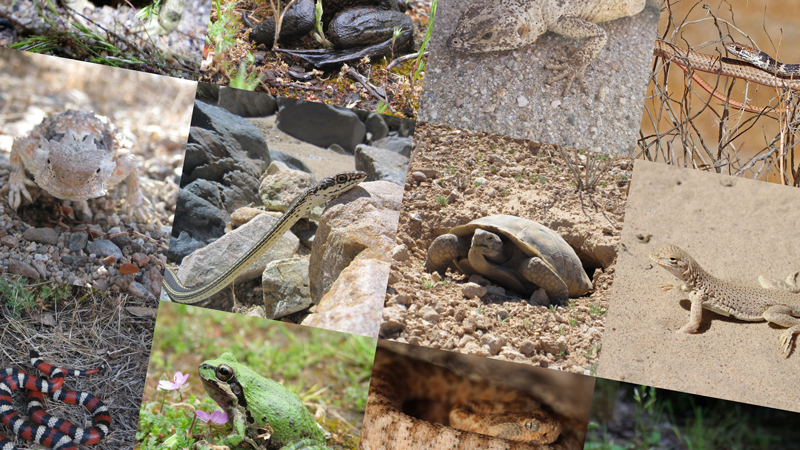3.0 minute read
May 15, 2017
I’m in the business of solving problems for my clients. So I’m always excited to learn about anything that’s more cost-effective, offers a longer lifespan or presents a better technique.
I was blown away by what I learned at the 2017 No-Dig Show, the international conference about the latest and greatest in trenchless technologies.
Three emerging advances got the most attention, and I felt I just had to share them with you. These are not quite brand new, which is ideal. They’ve proven their worth on real projects, yet their features are still a revelation to many municipal clients who’d save time and money with them.
The first two are for rehabilitating pipes; the third is typically used for pipe bursting but could also be useful for any new HDPE pipes.
Better Pipe Lining for Water Mains
Aqua-Pipe is a cured-in-place pipe lining made of polyester and epoxy. The material is inserted into existing pipes where it hardens and lasts for up to 50 years. It fixes leaks, increases pressure and flow capacity and adds corrosion resistance and structural integrity.
The system touts its ability to line through bends, but what I appreciated most was its ability to line pipes that are difficult to access. For cities and agencies with old and rusty water lines that need to regain structural capacity, this is ideal. Additionally, this rehabilitation method increases pressure and flow capacity as well as add corrosion resistance. I recently witnessed this technique in action for rehabilitation of an 8-inch ACP pipe for East Bay Municipal District in the City of Lafayette, and I must say it was pretty impressive.
Fast, Effective Shaft Lining
I was intrigued by a variation on conventional dry-mix Shotcrete: Wet-mix centrifugal sprayed concrete (CSC) that’s pumped to a spinning head and sprayed uniformly onto a surface at a high velocity.
Like Aqua-Pipe, this system creates a new pipe within the old one. However, CSC can line/repair all types of culverts, pipes, shafts and tunnels from 18” I.D. to 144” I.D. It claims to “develop a compressive strength of 6,000 PSI or greater in 7 days … [and] be more acid and abrasion resistant and more impermeable than ordinary concrete.” As if that wasn’t enough, CSC uses a Shotcrete Track Robot that “will turn around corners, retract and travel inclines and declines.”
I see this as a valuable tool for cities with old corrugated metal pipes. Instead of replacing them outright, why not explore CSC as an alternative?
Taking HDPE to the Next Level
What if you could weld HDPE at different angles for any gravity flow connection? Then HDPE would become nearly as versatile as PVC—quite a feat. The Faction-Saddle tries to accomplish just that: It uses heat and a patented application to create reliable welds for “a long-term solution that is leak free, root proof and durable.”
The convenience is multiplied because it can be welded in an excavation. Instead of digging around the entire pipe, the Faction Fusion company says you can “just dig down to the side of the pipe where the connection is needed and fusion weld the Faction-Saddle in place.”
I was impressed by this faster, more cost-effective way to fuse HDPE pipe. It would be a cost-effective alternative to electro-fusion, which tends to be a bit pricy.
Share Your Experience
I could envision plenty of scenarios where these three methods would solve client headaches for immediate crises and long-term issues.
What about you? Have you used any of these methods? If so, what did you learn? There’s no substitute for real-world experience.
Authors
Markets
Services
Categories
NASTT
Trenchless Technology












